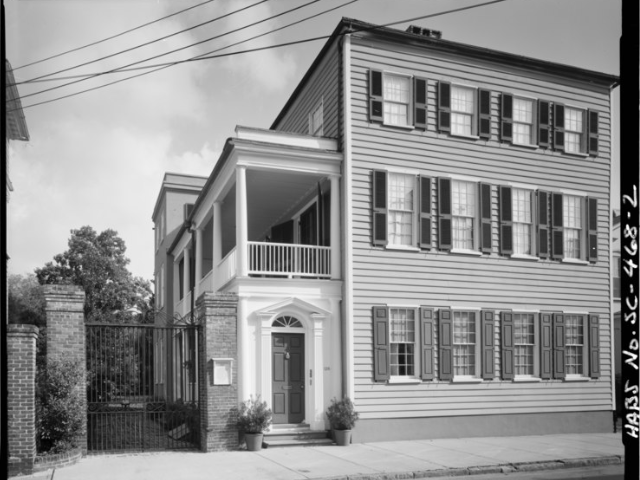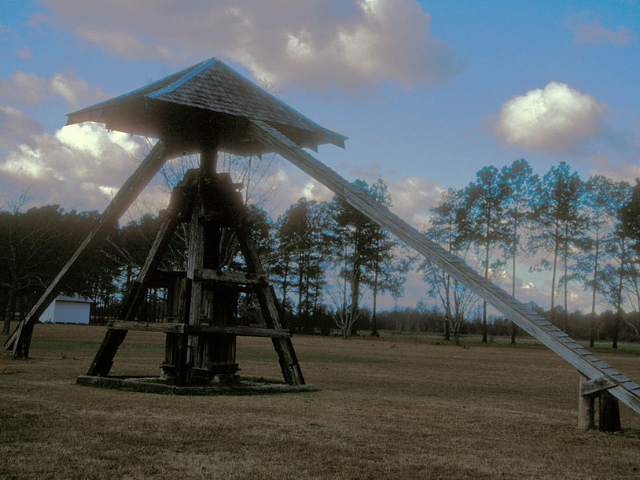Search StudySC for people, places, history, and ideas.
StudySC – Know where you live.
Explore South Carolina through StudySC! Learn about your community, South Carolina history, and the people who have made a significant impact on the state and the world.
SC Subjects by Grade Level
South Carolina People
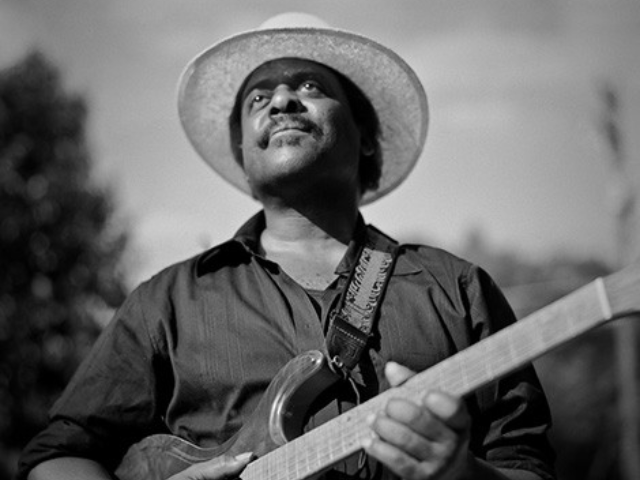
Cool John Ferguson
Cool John Ferguson is a blues guitarist, singer, and songwriter known for playing his guitar "upside down."
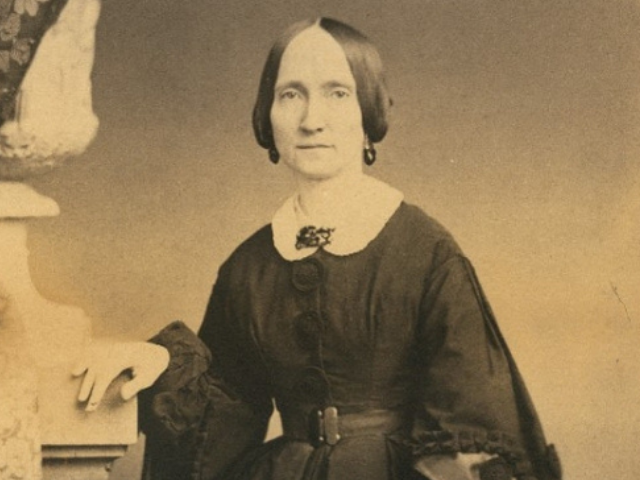
Ann Pamela Cunningham
Ann Pamela Cunningham was the founder of the Mount Vernon Ladies’ Association that purchased and preserved Mount Vernon, the home of George Washington.
South Carolina Counties
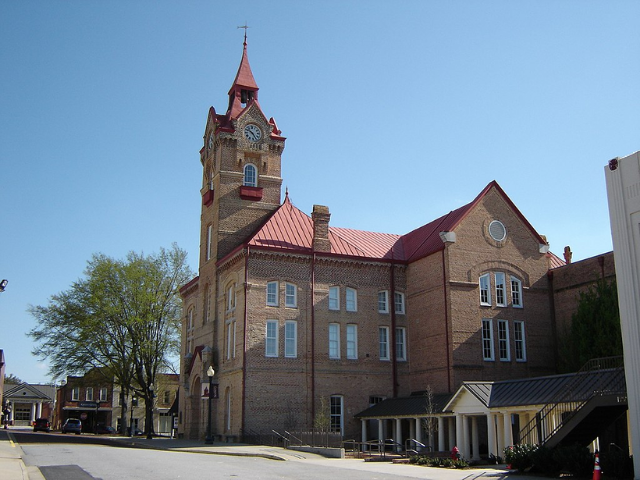
Newberry County
The origin of the name Newberry is unknown. The county was formed in 1785 as a part of the Ninety Six District.
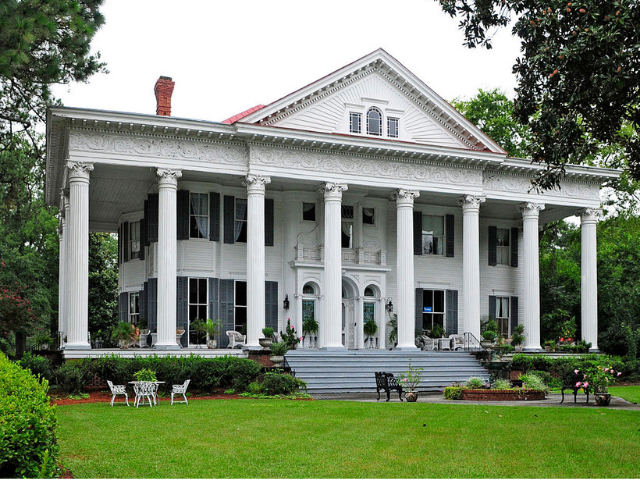
Aiken County
Aiken County and its county seat, the town of Aiken, were named for William Aiken (1806-1831), president of the South Carolina Railroad.
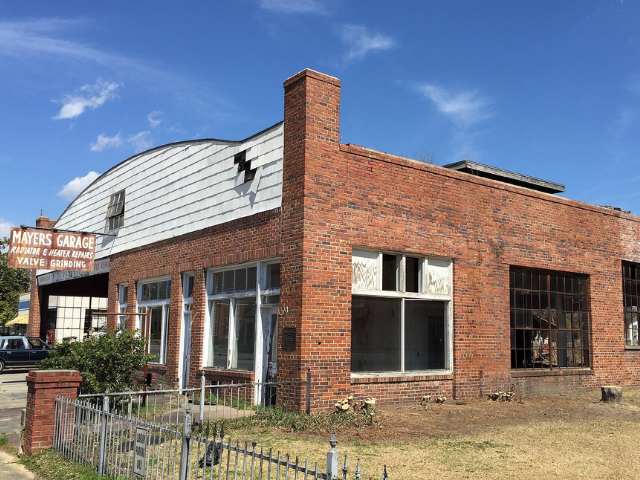
Marion County
Marion County and its county seat, the town of Marion, were named for Revolutionary War general Francis Marion (1732-1795), known as the "Swamp Fox."
South Carolina Facts
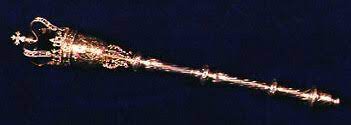
The Mace of the South Carolina House of Representatives
The South Carolina House of Representatives Mace is the oldest legislative mace in use in the United States. The Mace was made in London by Magdalen Feline in 1756. Upon the opening of the session, the Sergeant-at-Arms will bear the mace ahead of the Speaker and lay it upon a specially prepared rack on the rostrum in front of the Speaker. The Mace remains on its rack until recess or adjournment.
South Carolina Glossary
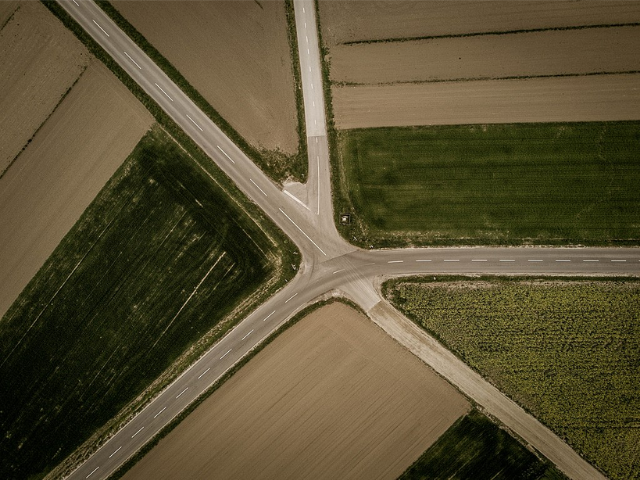
crossroads
(noun) - a place where roads meet
Copyright © 2024. All rights reserved.

